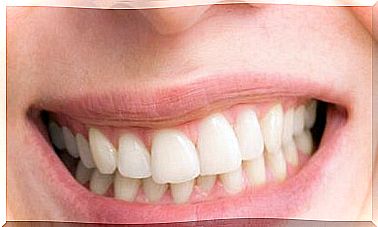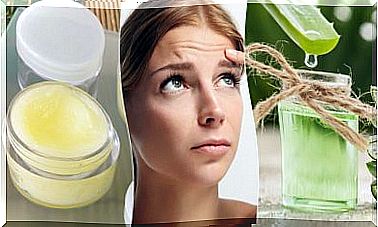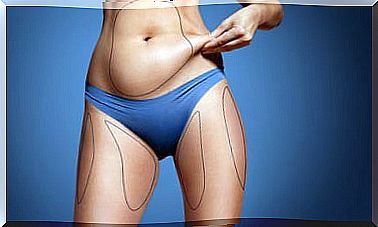Treating Yeast Infection
Yeast infection is an infection caused by the fungus “candida”. It can become recurrent or chronic if it is not treated properly
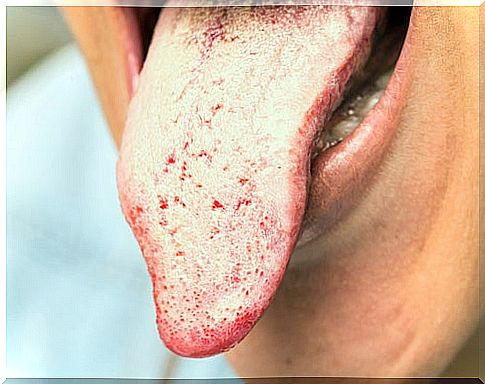
The treatment of candidiasis is basically preventive and pharmacological. It usually works in a short time. However, it is also usual for the disease to recur, especially in cases where other associated factors are not corrected.
What is yeast infection?
Candidiasis is an infection caused by the fungus “candida”. It affects the mucous membranes of the body, such as the mouth, genitals, etc.
For the treatment of candidiasis, four aspects must be taken into account:
- First, an accurate diagnosis
- In addition, correct diseases and associated factors
- It is also essential to define the type of infection
- Finally, an adequate pharmacological treatment.
On the other hand, the symptoms vary depending on the type of infection. It includes irritation and itching in most cases, according to this study carried out by the Benemérita Universidad Autónoma de Puebla (Mexico). If it is in the mouth or tongue, whitish plaques, redness and edema usually appear in the area.
Diagnosis: a crucial element in the treatment of candidiasis
The first step in treating yeast infection is based on an accurate diagnosis. Many people turn to over-the-counter medications before making sure they have this infection. Up to two-thirds of people with similar infections make this mistake.
The problem is that the use of inappropriate drugs can lead to the infection becoming resistant and difficult to treat. Therefore, even if they produce relief from the symptoms, the disease will reappear.
Therefore, it is very important that you go to the doctor. If there is suspicion of mucocutaneous or skin candidiasis, a smear will be taken for analysis under the microscope.
On the other hand, kidney or intestinal yeast infections are diagnosed from urine or stool tests. If systemic candidiasis is suspected, a biopsy will be necessary. When there are signs of septicemia, the presence of the fungus in the blood, a culture will be made from blood samples.
Management of associated factors
A second step in the treatment of candidiasis is to establish control over the factors that may be associated with the disease. People with diabetes or AIDS are known to be more vulnerable. However, so are those who have consumed high doses of antibiotics or steroids, pregnant women and, in general, people with weakened immune systems.
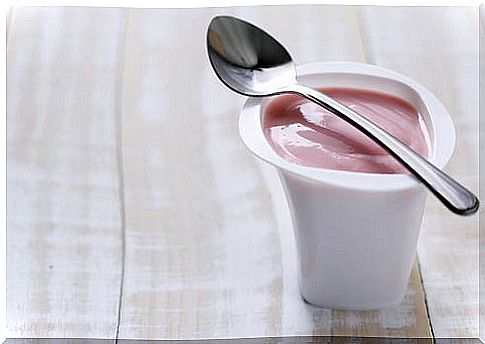
The main measures to take are the following:
- Diet change. Mushrooms thrive on sugar, fermented foods, vinegar, and other fungi. The consumption of processed foods such as white rice, refined flours and flours with sugar content, alcohol and vinegar should be avoided.
- Ingest Acidophilus. This is a bacterium considered a probiotic food. It settles in the intestines and vagina and protects against harmful microorganisms. Found in powder, liquid, capsules, or foods like yogurt or kefir
- Of course, rigorous hygiene is essential. It is not recommended to use mouthwashes containing chlorhexidine gluconate if the problem is localized in the oral cavity. Chlorine dioxide treatment is preferable.
Pharmacological measures
Treatment of yeast infection also includes pharmacological measures. These will be prescribed according to the extent of the infection and the condition of the patient.
Later, it will be decided whether it requires topical or systemic treatment. In the first case, creams and ointments will be used. In the second, oral medications will be used.
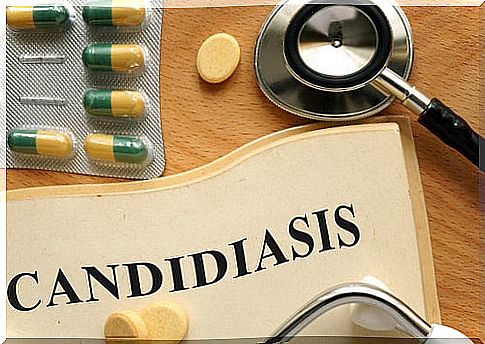
Skin infections are usually treated with topical preparations such as gels or ointments.
The most used active principles are:
- Clotrimazole
- Ketoconazole
- Miconazole
- Fluconazole
- Itraconazole
- Nystatin
For the treatment of oropharyngeal candidiasis, mouthwashes with liquid nystatin are usually used. In most cases it is enough to make the lesions disappear.
If the infection is deep (for example, esophageal), it is recommended a treatment with tablets or pills for at least a week. These types of drugs are also used in the treatment of superficial genital candidiasis.
The most serious cases require hospital admission and administration of intravenous medications.



